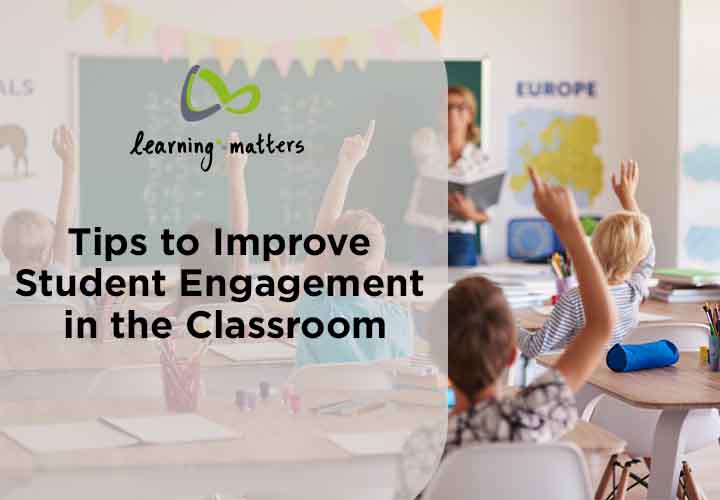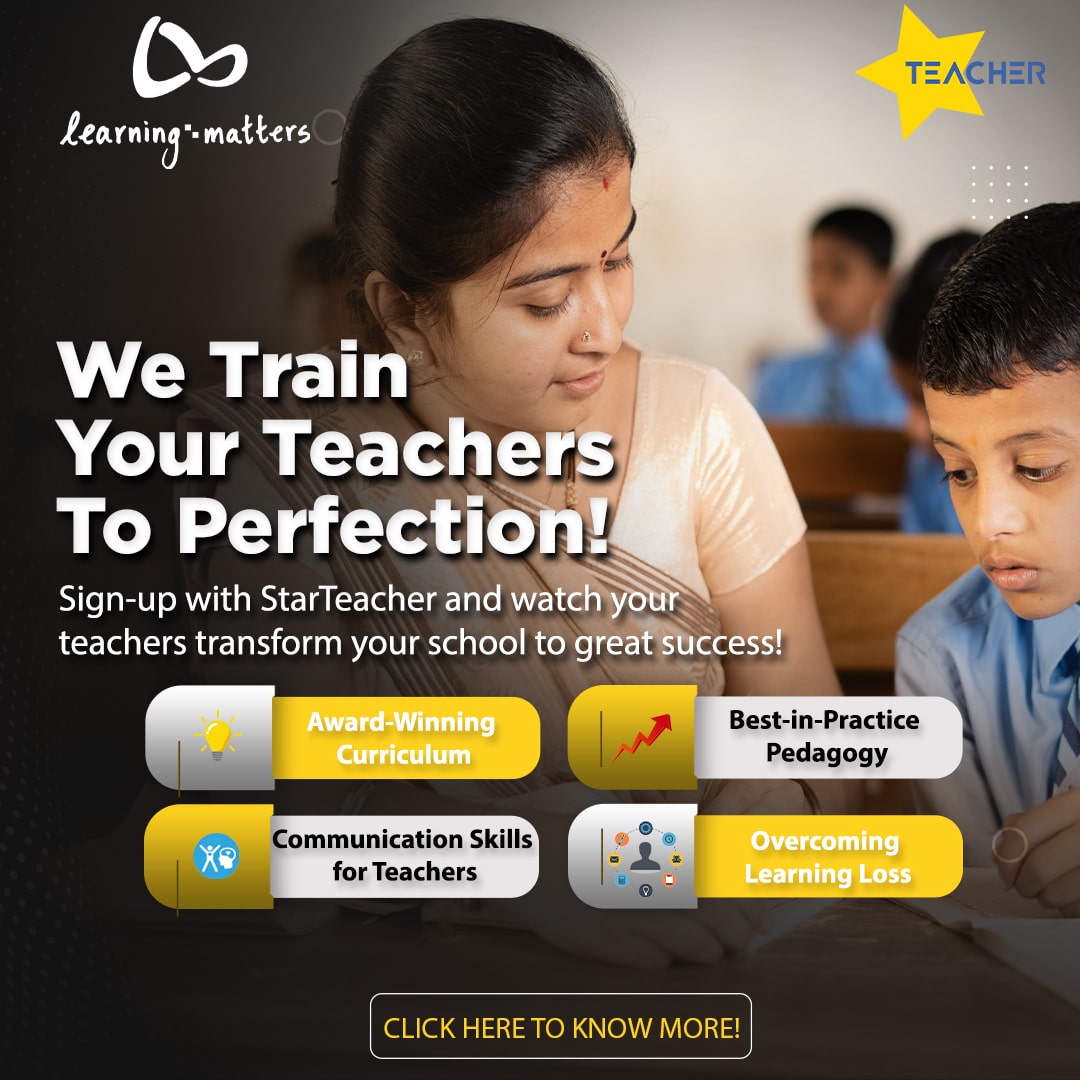“The true strength in our classroom lies in collaboration between learners and not in the knowledge of one expert” - Unknown.
An engaging classroom helps students learn things more efficiently. A student who is engaged typically has the best learning outcomes. It is therefore very important for teachers to make their classroom as engaging as possible. An engaging classroom has several important benefits such as:
-
It increases students’ interest in learning
-
It motivates students to be communicative which, in turn, develops communication and collaboration skills
-
It increases competency across skills and subjects
So, how can teachers make the classroom engaging for all students? Let's look at a few ways to achieve maximum student engagement in the classroom.
1) Conduct Group Activities
Group activities are a great way to achieve collaborative learning among your students. When students are put into groups, learning becomes fun and in better productivity.
Conducting group activities is considered to be a very effective method to motivate students, encourage active learning, and improve communication as well as decision-making skills. Group activities not only enhance the communication skills of students but also encourage the students’ to listen more carefully. Some examples of group activities that could be conducted in the classroom are group discussions, information-exchange activities, group presentations, role plays, debates, etc.
2) Ask Open-Ended Questions
An open-ended question is one that cannot be answered with a “yes” or “no”. Closed-ended questions, naturally, are those questions that can be answered with a “yes” or “no” such as, “Do you like math?”, “Have you done your homework?” etc. Open-ended questions are a simple yet very powerful way to transform the way students think and communicate. They encourage students to think, analyse, use language and to express themselves by giving longer answers that help build a wider range of vocabulary. Open-ended questioning has various benefits for students such as:
a) Encourages students to think more and better
b) Supports students in coming up with their own ideas and explanations
c) Develops vocabulary
d) Develops the habit of thinking of something new or different
e) Improves problem-solving skills.
Teachers should avoid asking questions that have just a single word answer. Also, ask students to explain their answers, which makes the student extend his or her level of thinking and understanding.
3) Gamify Learning
Games and activities are a great way to keep students engaged in the classroom. Since games have that fun element, students stay hooked to them and naturally participate in the learning process with more interest. Because games have a competitive element to them, learning will be more motivating and bring better engagement. They also are a great way to enhance problem solving, thinking and collaborative skills among students. Teachers can look to gamify certain topics in their subjects regularly which is accomplished best with activities such asstories, competitions, quizzes, puzzles etc.
4) Understand Your Students’ Interests
Understanding the individual you are teaching is very important. Our education system unfortunately considers the entire classroom as as one single unit. But that is not so. The classroom is composed of unique individuals, each with their own personality, likes and dislikes, skills, talents, and abilities. If you look closely and genuinely try to understand each one of your students you will be able to see the uniqueness in each of them. Some may excel with the traditional methods but others may fall behind in the same traditional classroom. Understanding how each of your students’ learns is key to customising your teaching accordingly to enable every student to stay engaged and succeed
5) Encourage Students to Present their Work
Presentations are a great way for students to come up with their own creative ideas. Presentations enable students to explain their understanding of a certain topic and also gives them the platform to improve their public speaking skills, which is very crucial in today’s world. Presentations help students build communication skills and confidence as well as encourage peer learning, collaboration, teamwork, brainstorming, and problem solving - all of which are critical 21st century skills. And of course, presentations are an intrinsic motivation for students to learn and understand topics.
6) Give and receive feedback
Feedback is a great way for teachers to convey the positives and areas of concern to a student. Having constant feedback sessions with each student will enhance your relationship with the student. Outlining the positives and pointing out the areas of improvement will help the student to grow in a constructive and systematic way. The same holds good for teachers, too. Getting to know about your teaching from your own students will help you understand where you can improve to better teach your students.
What More Can A Teacher Do?
As in every profession, upskilling is important. The same applies to the one profession that teaches every other profession. Today's generation of students are not made for a classroom that uses traditional teaching methods. Teachers must know the latest pedagogy strategies and teaching tools and methods to teach their students.
We at Learning matters have curated the perfect program for schools who wish to upskill their teachers in order to bring in highest levels of student engagement and therefore sustainable success to their school. Get in touch with us today to help your teachers reach their potential best.


Comments